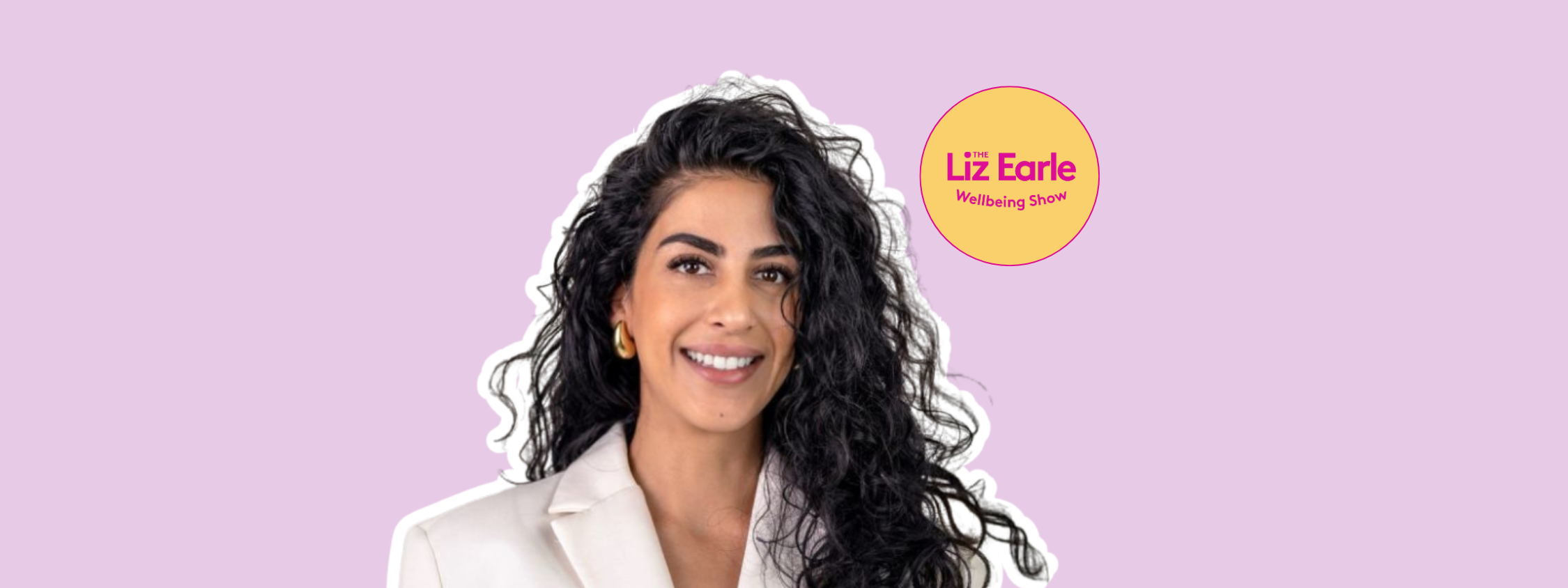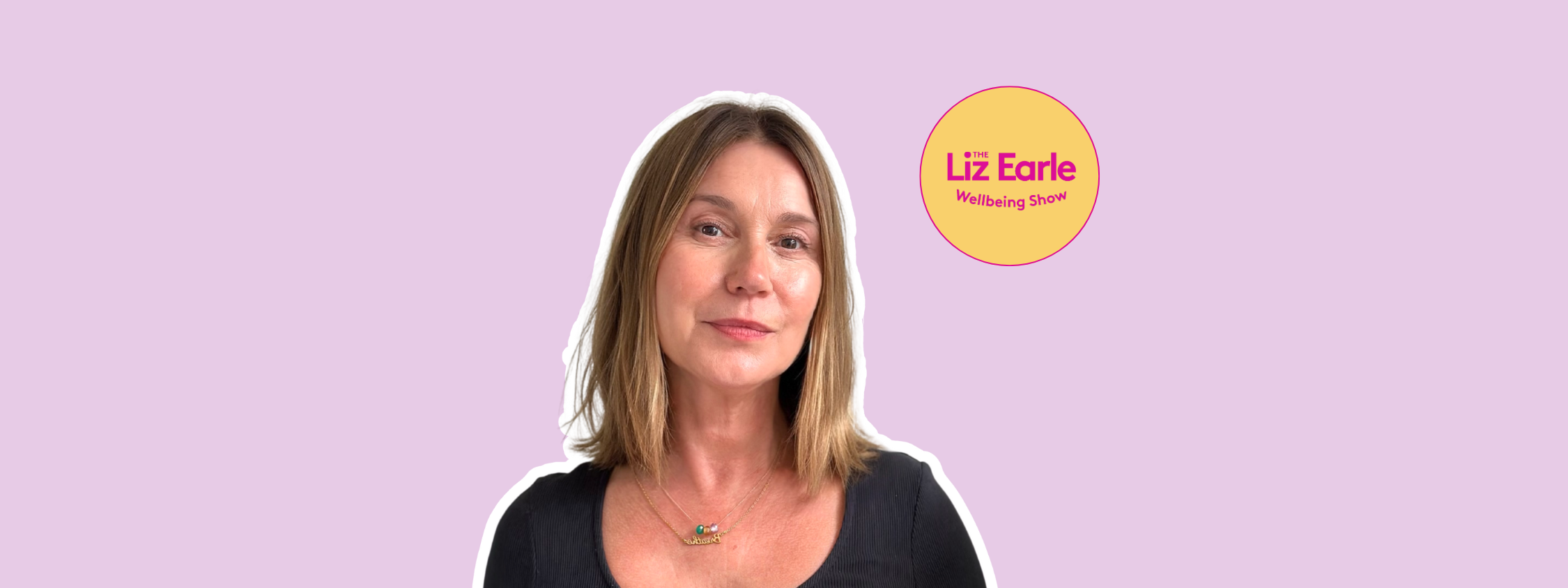The best methods for hair removal explained

Body hair removal – if you choose to do it – comes with a plethora of options. Do you wax, shave or epilate? With so many choices around, finding the best hair removal methods can seem a challenge. Here, Liz explains which she finds most effective for keeping skin smooth and hair-free.
Best methods for hair removal
It may be the most common way to keep hair-free, but I’m not a fan of shaving. Since slicing a chunk of skin from my shin in the 1970s, I consider the daily use of a razor to be a drag. Ladies’ razors have improved in design since my first (literal) stab at shaving, but there’s no getting away from the bristly stubble that follows just 24 hours later. From shaving I graduated to depilatory creams (messy and smelly) and on to waxing – including with home wax strips to save the cost of salon visits.
Sugar waxing is also a great alternative to traditional wax and can be done from the comfort of home. The range from Sugar Coated is a particular favourite. The sugar wax is made from sugar and water and is biodegradable and water soluble. What’s more, the strips are washable and reusable – you just soak them in warm water and then put them in the wash.
If pulling hairs by waxing isn’t for you, other options include threading and epilation. Threading is one of the simplest, most fuss-free methods of all. You can visit a therapist or learn the technique yourself. It simply involves rolling a piece of twisted thread over the hair to pluck it out at follicle level. Threading large expanses of skin has a significant ‘Ouch!’ factor, but it is both inexpensive (especially if you learn to do it yourself) and effective.
An easier option is an electronic epilator. These gadgets pluck hairs by mechanically grasping multiple hairs at the same time and pulling them out by the roots. Because you do it yourself, it can be easier to control the pain threshold. I suggest having particularly hairy areas of skin professionally waxed first, and then control the subsequent sparser regrowth with an epilator at home. This is certainly a good option to consider. Whichever you try, don’t forget that female skin is more sensitive around the time of your period. Spare unnecessary grief and avoid this time of the month.
Permanent hair removal
The ultimate in permanent hair removal is laser treatment. It’s not a quick or cheap option, but extremely effective and usually truly permanent. Laser hair removal works by using powerful pulses of laser light that destroy the hair follicle. The laser light penetrates through the upper layers of the skin (epidermis) to reach the hair follicle. The hair’s pigment (melanin) absorbs the thermal energy and weakens the hair, permanently removing it over time. Treatments are needed every four to six weeks to catch the hair follicle at various stages of its growth cycle and can take many sessions. You may consider it worth the cost, especially for persistent problems, such as folliculitis (infected hair follicles) and ingrown hairs.
More recently, I’ve been trying out Intense Pulsed Light hair removal. There are a number of gadgets that you can use at home. They’re not cheap, but cost a lot less than professional laser sessions. They are very useful to have at home if you have several different areas of the body you want to keep hair-free. It’s an investment, but could be worth it if there are several ‘bodies’ in the household to spread the cost. If you regularly pay for salon waxing it will start saving you money pretty swiftly too.




